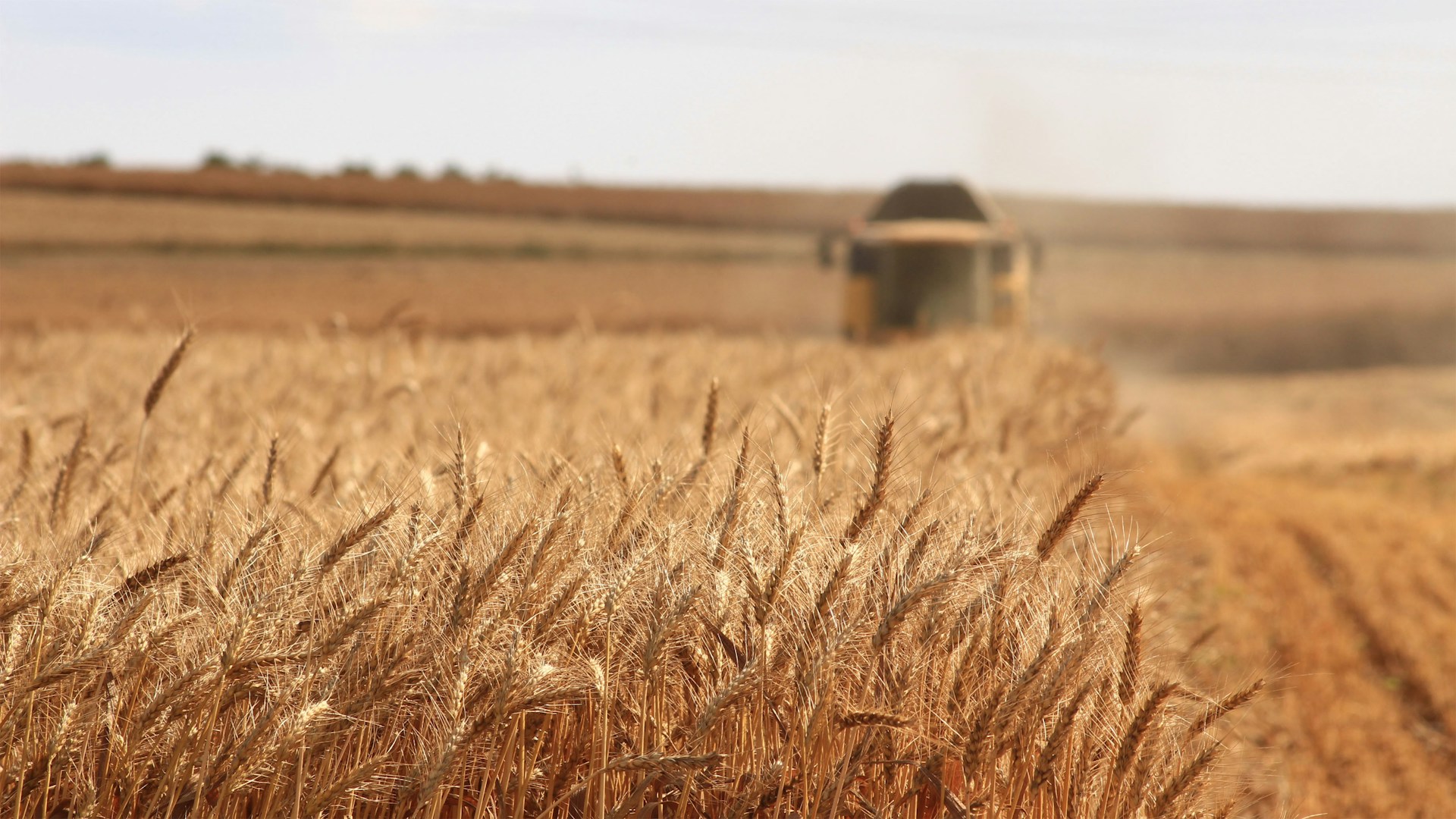Scientists have found a gene in poplar trees that makes plants better at photosynthesis, produces more biomass and holds the promise of doing the same for plants grown in fields. As part of this joint study the Center for Advanced Bioenergy and Bioproducts Innovation (CABBI) at the University of Illinois Urbana-Champaign and the Center for Bioenergy Innovation (CBI) at Oak Ridge National Laboratory explored this gene, known as BOOSTER, in an attempt to develop it as a platform for a flood of new biofuels products.
Understanding the Role of Chloroplasts and Rubisco
Chloroplasts, the cellular structures responsible for photosynthesis, contain the Rubisco protein amongst others. The Rubisco protein is essential in capturing atmospheric carbon dioxide and converting it into energy that results in plant growth. In the past, efforts to enhance Rubisco’s efficiency have primarily focused on optimising steady-state photosynthesis under constant conditions. However, real-world field environments present fluctuating light levels that challenge the steady-state model.
“Dynamic photosynthesis processes, which adjust to varying light conditions, are not well understood but are increasingly recognised as critical for optimising plant productivity,”
said Steven Burgess, an assistant professor of integrative biology at the University of Illinois.
The BOOSTER Gene | A Unique Genetic Pathway
To link genetic traits with their physical characteristics, the research team undertook a genome wide association study also called GWAS, with about 1000 poplar trees. Genetics unique to this study include a sequence derived from chloroplast DNA within BOOSTER, which is, rare, found within the poplar nuclear genome. BOOSTER expressed at higher levels increased the Rubisco content in the trees, increasing their photosynthetic efficiency.
In greenhouse trials, poplars with increased BOOSTER expression grew significantly taller and showed greater biomass. Under field conditions, making this trail much more suited to real world applications, some genotypes with elevated BOOSTER expressions were found to be up to 37% taller, highlighting the gene’s potential to enhance crop yields in diverse environments.
BOOSTER does not apply just to poplar trees. Researchers used Arabidopsis (a model plant species) and inserted the gene, finding increases in both biomass and seed production. These investigations suggest that BOOSTER has the potential to increase productivity of a wide range of bioenergy and food crops.
While these initial results are promising, the research remains at an early stage. Scaling the experiments to broader field conditions and testing other crops are critical next steps. Researchers want to look at long term productivity under different environments and explore other genes found in the GWAS study to find out if they might increase the productivity of other crops further. Burgess added.
“If we can replicate these outcomes on a larger scale, BOOSTER could play a pivotal role in addressing global food security and bioenergy demands,”
Implications for Agriculture and Bioenergy
Discovery of the BOOSTER gene is an important breakthrough in plant biotechnology. Improved photosynthetic efficiency as well as enhanced biomass production could allow for more sustainable farming practises, lower atmospheric carbon dioxide and higher yields for bioenergy crops, using the genetic innovation.

Hassan graduated with a Master’s degree in Chemical Engineering from the University of Chester (UK). He currently works as a design engineering consultant for one of the largest engineering firms in the world along with being an associate member of the Institute of Chemical Engineers (IChemE).



